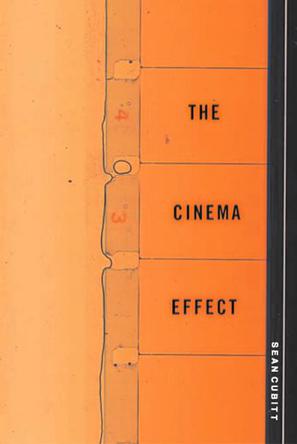
内容简介
It has been said that all cinema is a special effect. In this highly original examination of time in film Sean Cubitt tries to get at the root of the uncanny effect produced by images and sounds that don't quite align with reality. What is it that cinema does? Cubitt proposes a history of images in motion from a digital perspective, for a digital audience.From the viewpoint of art history, an image is discrete, still. How can a moving image--constructed from countless constituent images--even be considered an image? And where in time is an image in motion located? Cubitt traces the complementary histories of two forms of the image/motion relationship--the stillness of the image combined with the motion of the body (exemplified by what Cubitt calls the "protocinema of railway travel") and the movement of the image combined with the stillness of the body (exemplified by melodrama and the magic lantern). He argues that the magic of cinema arises from the intertwining relations between different kinds of movement, different kinds of time, and different kinds of space.He begins with a discussion of "pioneer cinema," focusing on the contributions of French cinematic pioneers in the late nineteenth and early twentieth centuries. He then examines the sound cinema of the 1930s, examining film effects in works by Eisenstein, Jean Renoir, and Hollywood's RKO studio. Finally he considers what he calls "post cinema," examining the postwar development of the "spatialization" of time through slow motion, freeze-frame, and steadi-cam techniques. Students of film will find Cubitt's analyses of noncanonical films like Sam Peckinpah's Pat Garrett and Billy the Kid as enlightening as his fresh takes on such classics as Renoir's Rules of the Game.
下载说明
1、The Cinema Effect是作者Sean Cubitt创作的原创作品,下载链接均为网友上传的网盘链接!
2、相识电子书提供优质免费的txt、pdf等下载链接,所有电子书均为完整版!
